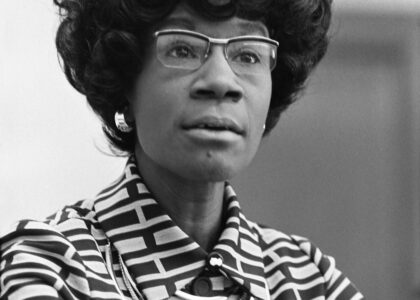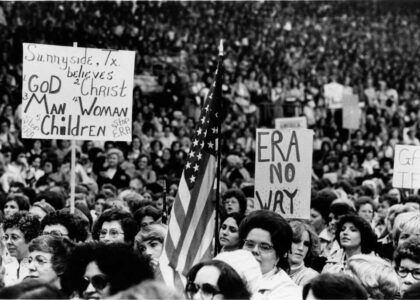Welcome to the historic site of the Moulin Rouge Hotel and Casino, a place that holds a unique and transformative place in the tapestry of Las Vegas history. Situated at what was once the vibrant heart of West Las Vegas, the Moulin Rouge was more than just a hotel and casino; it was a symbol of progress and a beacon of hope during a time of profound social change.
Established in 1955, the Moulin Rouge Hotel and Casino was the first racially integrated casino in the United States, a bold statement in a city that, at the time, was starkly divided along racial lines. Its opening was a momentous occasion, attended by a who’s who of the entertainment world, including Sammy Davis Jr., Nat King Cole, and Lena Horne, all of whom would go on to grace its stage.
The brainchild of a diverse group of investors, including William ‘Bojangles’ Robinson, the Moulin Rouge sought to offer a luxurious and inclusive experience to all its patrons, regardless of race. Its doors opened to a grand spectacle of lights and music, embodying the glitz and glamour that Las Vegas had become known for, yet with a progressive twist.
Despite its promising start, the Moulin Rouge’s journey was not without challenges. Financial difficulties plagued the establishment, and its doors closed just six months after opening. However, its impact was far from over. In 1960, the Moulin Rouge was the site of a pivotal meeting between Las Vegas city officials and leaders of the African American community. This meeting led to the desegregation of the Las Vegas Strip and other public accommodations, marking a significant milestone in the civil rights movement.
Although the original Moulin Rouge no longer stands, its legacy continues to resonate. The site was listed on the National Register of Historic Places in 1992, and efforts have been made over the years to revive its spirit, acknowledging the vital role it played in shaping a more inclusive Las Vegas.
As you reflect on the history of the Moulin Rouge, consider its broader cultural significance. It was a place where barriers were broken, where music and dance transcended social divides, and where the spirit of the Belle Époque found a new home in the American desert. The Moulin Rouge remains a testament to the power of entertainment to inspire change and bring people together in pursuit of a brighter future.





